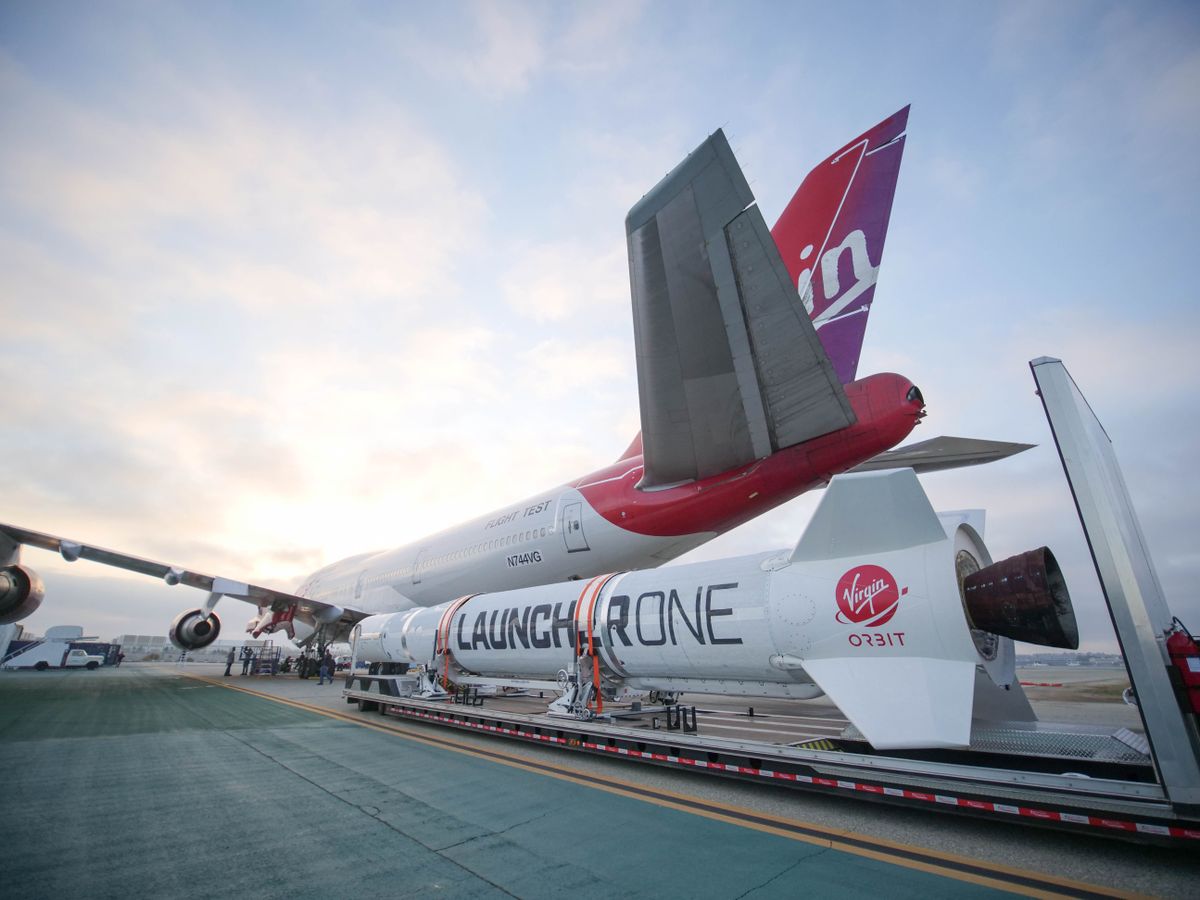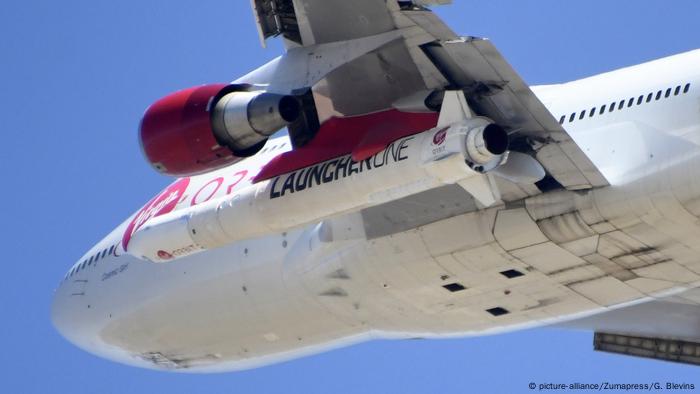On the strength of a busy few weeks since our last update, our team is about to initiate our pre-launch operations phase for the Launch Demo 2 mission. We’re excited to share a few updates with you.
Virgin Orbit’s LauncherOne system is the most flexible small launch system on the market, combining a reliable and proven 747-400 carrier aircraft with a simple, low-cost rocket architecture. The key tenets of our launch services are as follows. Download smadav 2018 exe. Virgin Orbit is just months away from the first launch of its LauncherOne rocket. The company is currently undergoing an extensive test campaign to ensure that the vehicle will function correctly. ForVirgin Orbit Launch Demo 2 mission, a LauncherOne rocket launched ELaNa 20, from the Mojave Air and Spaceport in California, on 17 January 2021, at 19:39.
When we last left off, our Launch Demo 2 rocket was in the midst of final integration on our shop floor, with the team working to incorporate the upgraded NewtonThree engine that will power LauncherOne’s main stage. As expected, we were able to take advantage of the lessons learned from the previous LauncherOne and finish all that work in short order. With LauncherOne buttoned up from nose to tail, we then hit the road again to transport the rocket up to Mojave Air and Space Port.
LauncherOne left our factory in Long Beach early Wednesday morning, and was fully mated to our carrier aircraft by around 10 A.M. the next day. Now, out at the end of a taxiway in Mojave, a familiar sight has begun to take shape. The trailers that serve as our transportable ground equipment have been set up on the tarmac. Just a few feet away, we’ve parked our carrier aircraft Cosmic Girl, with LauncherOne nestled safely underwing. What was a bare concrete pad just days ago is now a complete launch site.

Additionally, all 10 of the payloads that will fly onboard LauncherOne are now safely encapsulated in their dispensers, and will travel up to Mojave separately in our mobile payload cleanroom. Consistent with our normal operations flow, we will mate the payload fairing to the rocket just before our final launch rehearsal. As our launch date approaches, we’ll pull that payload trailer adjacent to Cosmic Girl and mate the fairing to the rocket while it is attached to the aircraft. This is all excellent practice for our team, as the process will be exactly the same for future missions from other planned launch sites like in the UK, Guam and Japan.

Before that final mate happens, we’re planning yet another round of checkouts for our flight hardware, including full-up wet dress rehearsals.
As we progress through cryogenic testing, we will announce our specific launch window, which is currently projected to occur before the end of the year. Our team has done a best-in-industry job in digesting knowledge acquired from Launch Demo 1 to better inform our work for Launch Demo 2, implementing a series of hardware upgrades and performing a rigorous suite of major tests. We’ve done a hell of a lot these past few months as we worked to improve our probability for success, including modifications to our main engine assembly, the hot-fire and vibration testing of our engines, cryoload tests, full system check-outs, aircraft inspection, flight software qualification, and more. And what’s remarkable is we’ve done all this in the context of a global pandemic.
Virgin Orbit Launcherone Service Guide


Still, our progress has been steady and our focus unwavering. It is satisfying work, and our team is happiest when we are making progress towards our goal of fielding the world’s most flexible and mobile launch system.
As always, we’ll keep you all updated as work continues. With only weeks left on the countdown clock to Launch Demo 2, we hope you all are as excited as we are to see LauncherOne fly again.
To stay in the loop, follow us on Twitter, Facebook, LinkedIn or Instagram.
Virgin Orbit Launcherone Rocket Video

